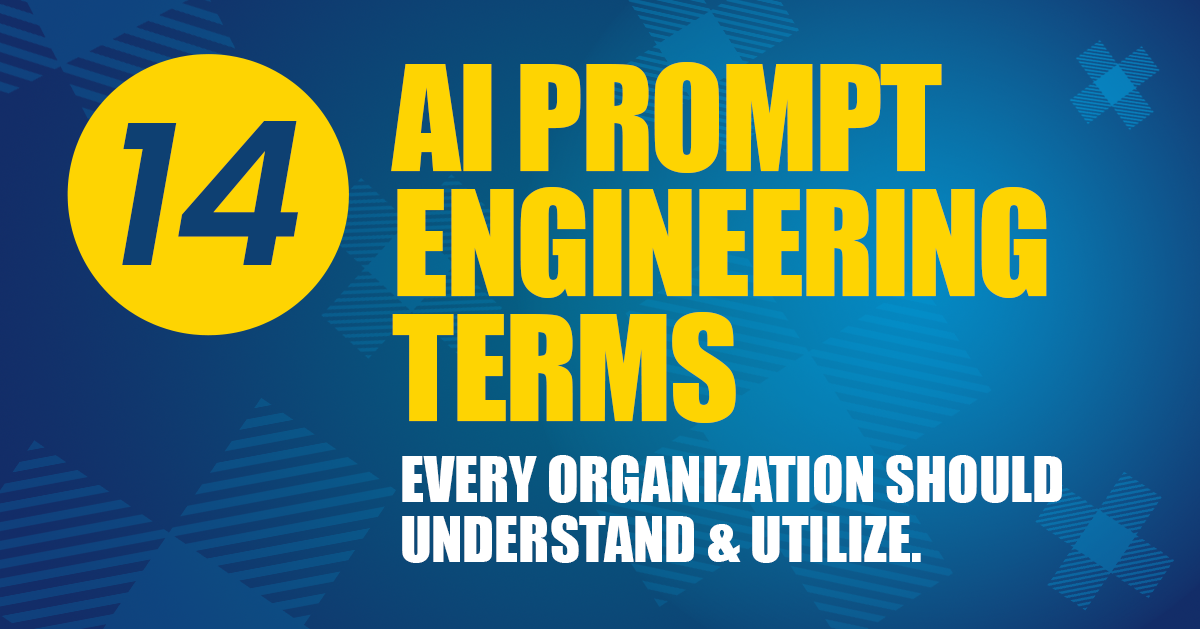
In order to establish strong relationships with potential and current customers, it is essential for contact centers to resolve inbound calls in a timely manner. This touchpoint is of utmost importance in securing an excellent first impression with a potential client or nurturing a current customer to become an evangelist for an organization.
Unfortunately, many contact centers struggle with timely call resolution, employee engagement, and staff retention. When it comes to technology, contact centers are facing significant performance and scaling issues. Poor understanding of data and faulty integration of technology causes the contact centers to resolve the calls in an untimely manner. This results in contact center employees having to manually reference information from multiple systems. Consequently, the caller experiences poor customer service and the organization loses another (potential) client, contributing to the staggering statistics that poor customer service is costing businesses upwards of $75 billion per year.
Utilizing The Power Of Technology
Robotic Process Automation (RPA) combines the power of machine learning and artificial intelligence to create automated software robots that mimic and integrate human actions within digital systems. When used in contact centers, RPA empowers employees to hand over repetitive and operational tasks to a digital assistant and focus on building relationships with callers by listening to their problems and concentrating on problem-solving and decision-making. RPA reduces errors and alleviates team members from collecting repetitive information (e.g., last four digits of SSN, account numbers, etc.).
Opportunities for RPA in Contact Centers
Searching customer data in different systems: As contact center employees communicate with callers and collect basic information, RPA supports employees by logging into different systems and opening customer records.
Updating customer information in different systems: As employees communicate with customers and resolve their problem, RPA can play an important role in updating customer information in different systems to fulfill customer requests.
Wrapping up a call: As employees fulfill caller requests and wrap up the call, they can hand over subsequent tasks to RPA, allowing staff to take short breaks before accepting the next call. Below are a few instances where RPA can both support employees and ensure callers encounter a great experience at the close of the call.
- Sending confirmation notification to caller
- Sending Customer Survey to caller
- Updating caller notes
- Capturing screenshots and saving into specific locations
- Signing off from different systems
Self-serving IVR: The self-service IVR allows callers to solve their problems without speaking to a live team member. RPA can play an important role in retrieving information from non-API-based systems or legacy applications. As IVR authenticates customer identity and wants to retrieve data that is stored in legacy applications, the IVR can trigger the RPA process to serve information to customers.
Implementing RPA not only empowers employees but decreases operational costs and produces better ROI. McKinsey & Co. found that companies that automate 50-70% of a task see average results including 20-35% annual cost reduction and 50-60% process time reduction.
Ultimately, RPA empowers contact center employees to better execute their tasks and simultaneously improves staff satisfaction and retention.
Does your team have outdated processes or legacy systems absorbing valuable time and resources?
Find out how RPA can liberate your organization to focus on its mission.



